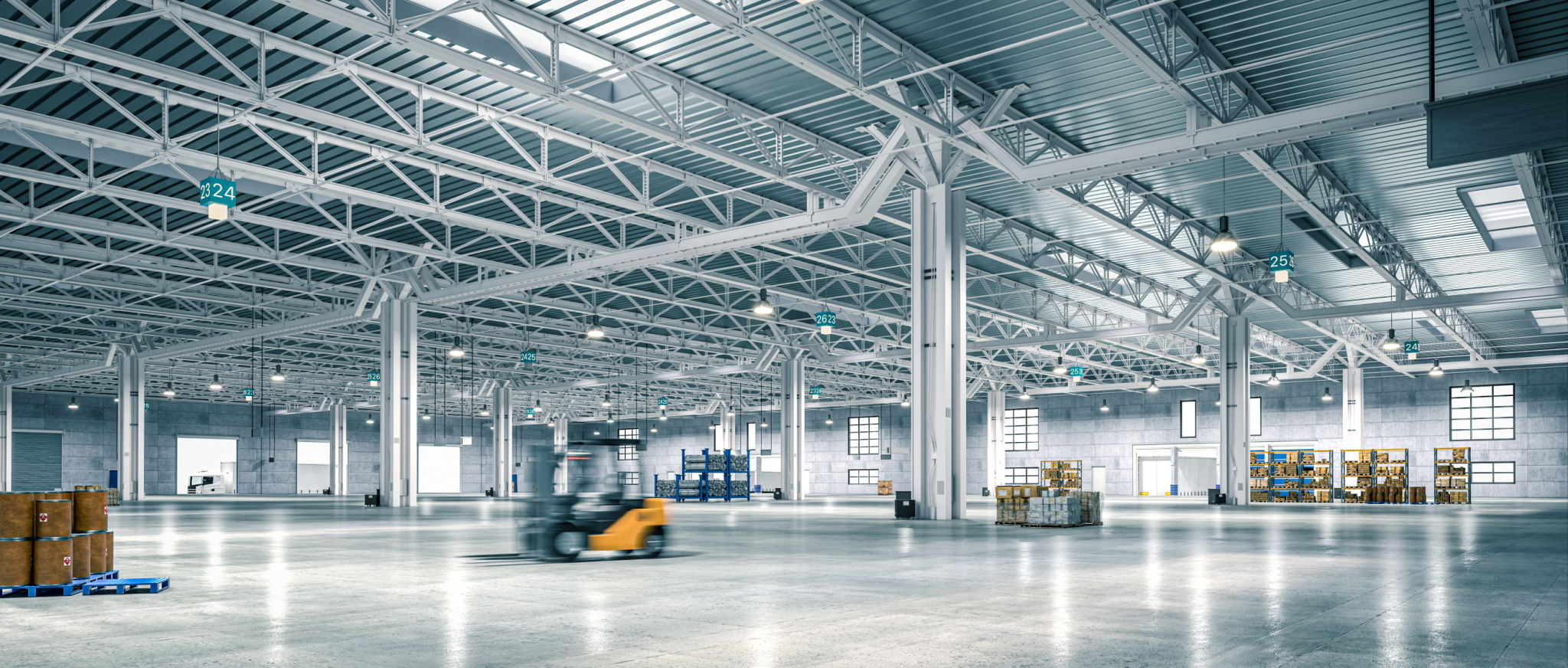Step-by-Step Guide: Designing an Efficient Warehouse Layout
Understanding the Importance of Warehouse Layout
Designing an efficient warehouse layout is crucial for optimizing operations, enhancing productivity, and ensuring a smooth workflow. A well-planned layout can reduce operational costs, improve safety, and facilitate faster order fulfillment. The process involves strategic planning and a deep understanding of the warehouse's specific needs and functions.
Warehouse layout design is not just about arranging shelves and equipment; it's about creating a space that supports your business goals. A poorly designed layout can lead to bottlenecks, increased labor costs, and inefficient use of space. Therefore, investing time and resources into designing an effective layout can significantly impact your bottom line.

Assessing Your Warehouse Needs
Before diving into the design process, it's essential to assess your warehouse needs comprehensively. Begin by analyzing your inventory characteristics, such as size, weight, and storage requirements. Understanding these elements will help you determine the type of shelving and equipment necessary for optimal storage.
Additionally, consider the flow of goods through your warehouse. This includes receiving, storage, picking, and shipping processes. Identifying high-traffic areas and potential bottlenecks will guide you in planning the layout more effectively. Ensure that your design supports the efficient movement of goods to minimize delays and improve productivity.

Creating Zones within the Warehouse
Dividing your warehouse into distinct zones can greatly enhance efficiency. Common zones include receiving, storage, picking, packing, and shipping areas. Each zone should be designed to fulfill its specific function while maintaining a seamless flow of goods throughout the warehouse.
When creating zones, consider proximity to related areas. For instance, the receiving area should be near the entrance to facilitate quick unloading, while the shipping area should be close to loading docks for efficient dispatching. This strategic zoning minimizes unnecessary movement and saves time.

Implementing Effective Storage Solutions
Choosing the right storage solutions is critical to maximizing space utilization. Depending on your inventory type, you might consider pallet racking, shelving units, or automated storage systems. Each option has its advantages and should be selected based on your specific needs and budget.
Utilize vertical space to its fullest potential by installing tall shelving units or racks. This approach helps in accommodating more inventory without expanding the warehouse's footprint. Additionally, ensure that all storage solutions are easily accessible to prevent delays during picking and restocking operations.
Optimizing Workflow with Technology
Integrating technology into your warehouse layout can significantly enhance efficiency. Implementing a Warehouse Management System (WMS) can streamline operations by providing real-time inventory tracking and optimizing picking routes. Technologies like barcode scanners and RFID systems further improve accuracy and speed.
Automation is another aspect to consider. Automated guided vehicles (AGVs) and conveyor systems can transport goods swiftly across different zones, reducing manual labor and enhancing productivity. By leveraging technology, you not only improve efficiency but also gain valuable insights for future optimizations.

Ensuring Safety and Compliance
A well-designed warehouse layout prioritizes safety alongside efficiency. Ensure that aisles are wide enough for forklifts and other equipment to pass safely. Proper signage and clear markings are essential for guiding staff and preventing accidents.
Compliance with safety regulations is mandatory. Regularly inspect equipment and storage systems to ensure they meet safety standards. Providing adequate training for staff on equipment usage and emergency procedures further enhances safety within the warehouse environment.
Reviewing and Revising Your Layout
Designing a warehouse layout is not a one-time task; it requires continuous evaluation and revision. Regularly assess your layout's performance by analyzing key metrics such as order fulfillment time, inventory accuracy, and labor costs. These insights will help you identify areas for improvement.
Be open to making adjustments as your business evolves. Changes in inventory size or volume may require rethinking current storage solutions or reorganizing zones. By maintaining flexibility in your layout design, you ensure that your warehouse remains efficient and responsive to changing needs.

